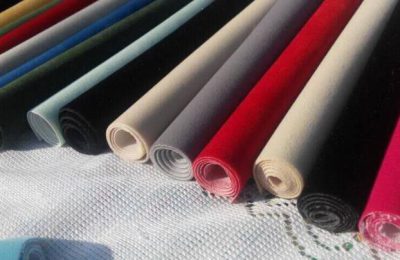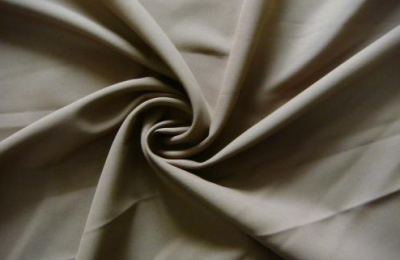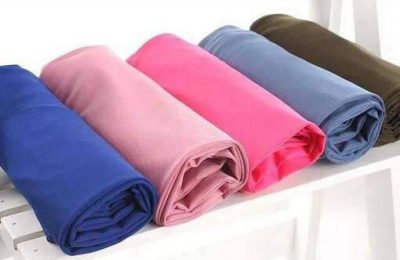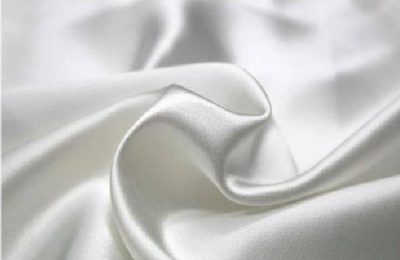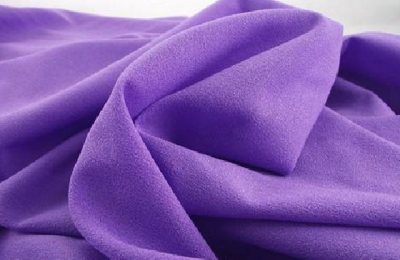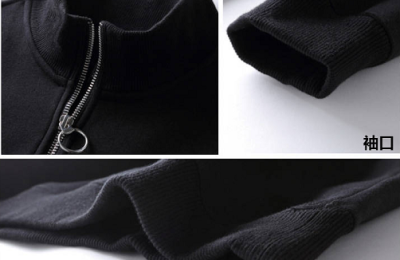We all know that when the air quality is not very good, we will choose to wear masks when traveling, in order to prevent harmful gases in the air from being inhaled into the lungs, thereby ensuring our health.
So, can the masks we usually wear really block those harmful gases? What the editor wants to introduce to you today is a mask made of polytetrafluoroethylene mask film.
Initial masks mostly used multi-layer skim gauze, with large fiber spacing. Even if many layers were used, they could only block large particles and had little effect on PM2.5.
After development, masks began to use melt-blown cloth as raw material. Melt-blown cloth uses the principle of electrostatic repulsion to block particles in the air and has a good protective effect against PM2.5. However, masks made of melt-blown cloth material have relatively high breathing resistance. , should not be worn for a long time, and static electricity weakening will affect the filtration effect to a great extent.
PTFE nano film mask is an anti-smog mask developed with polytetrafluoroethylene mask membrane as the filter core. It specializes in the production of polytetrafluoroethylene membrane materials. The thickness of the polytetrafluoroethylene mask membrane we produce is only about 0.2mm, very thin and light.
Intersected with traditional non-woven masks, they are much thinner.
The filter layer used by the mask membrane is less than 1/6 the thickness of traditional non-woven masks, and the breathing resistance of the mask is positively correlated with its thickness.
The nanometer-scale distribution of membrane pore sizes makes a layer of physical screening and filtration a reality, greatly reducing breathing resistance.
Only 1/2 of traditional non-woven masks.
We have a complete pre-sales, sales and after-sales service system.
Interested parties can enter the store to consult us.
</p



